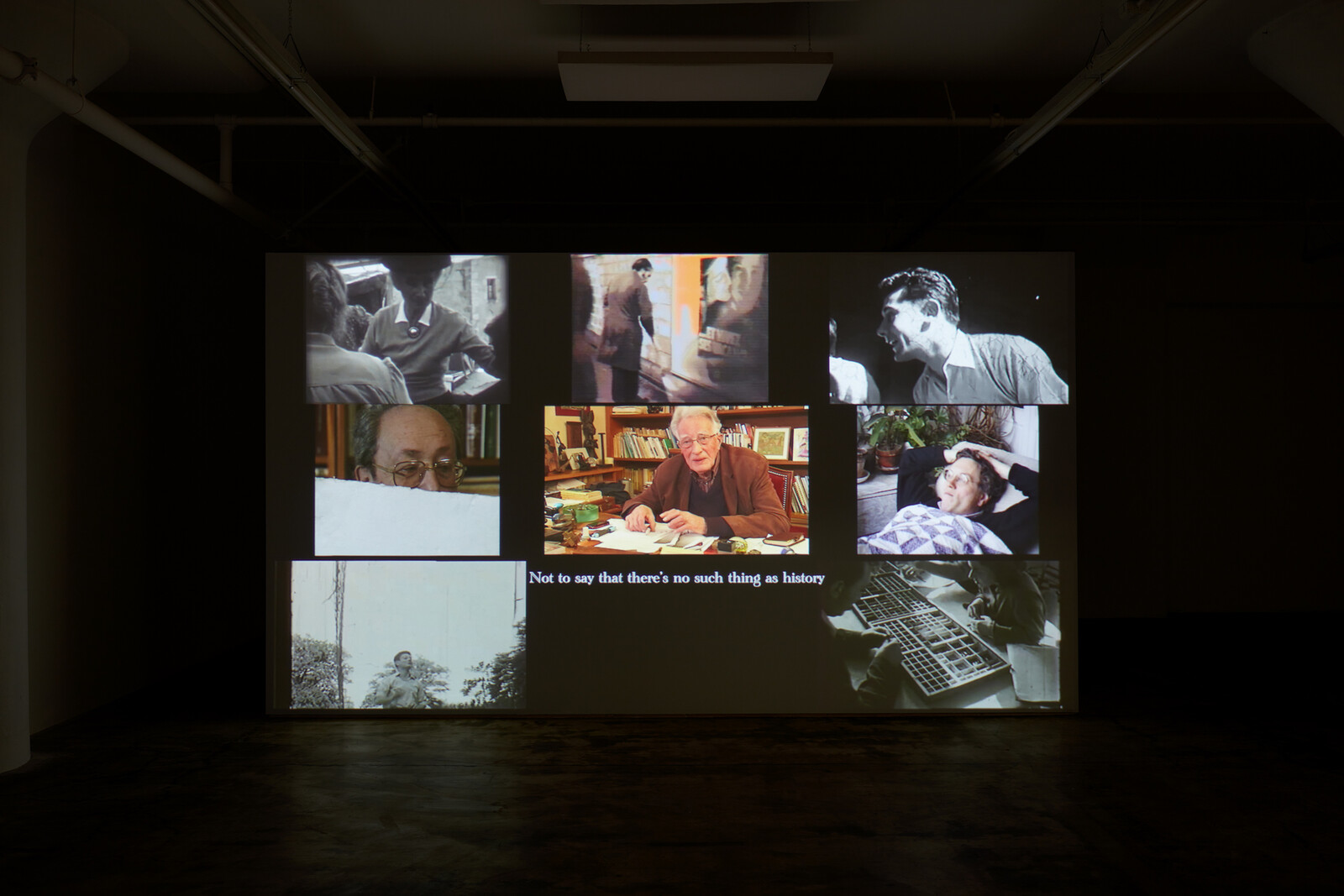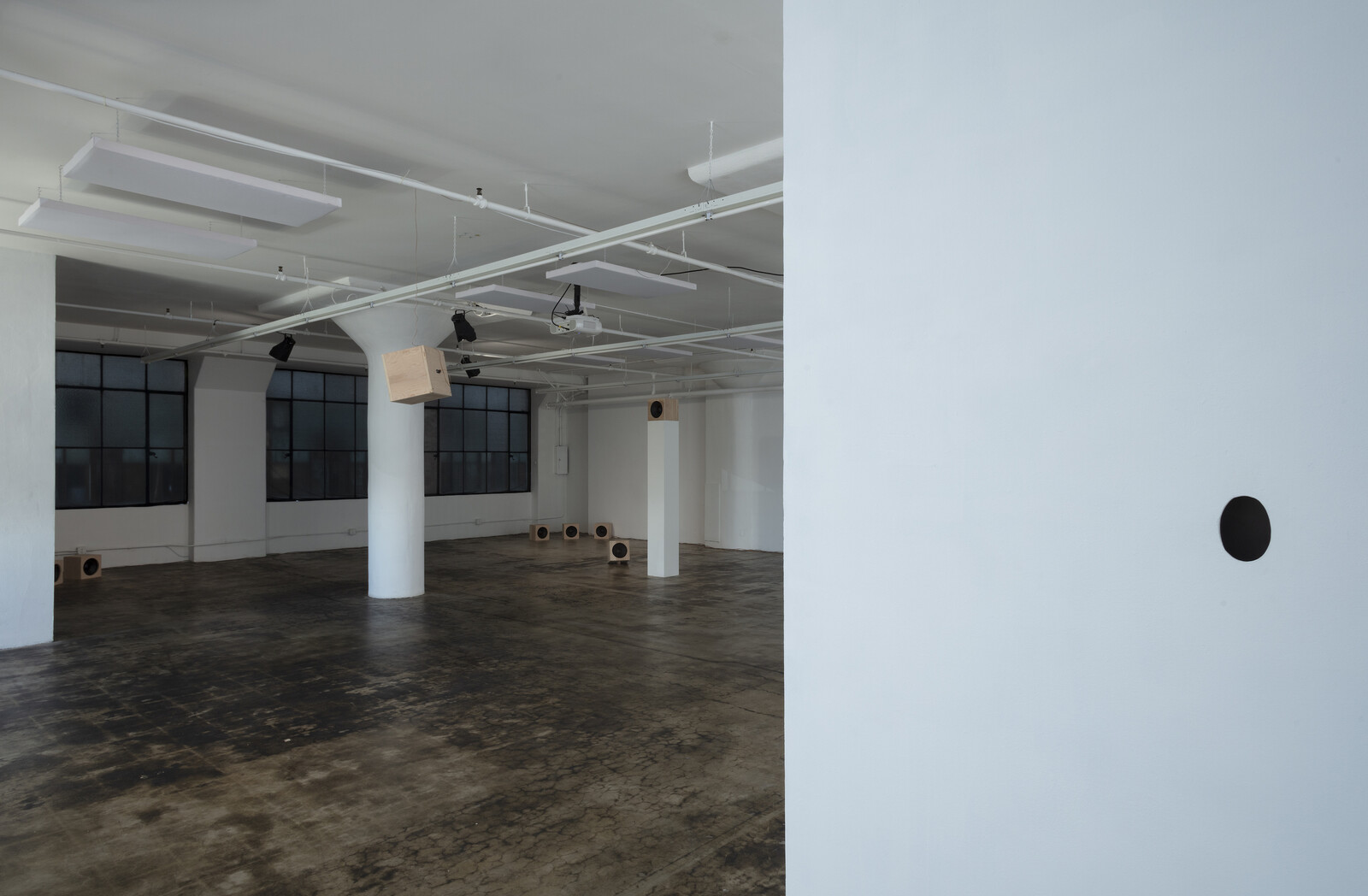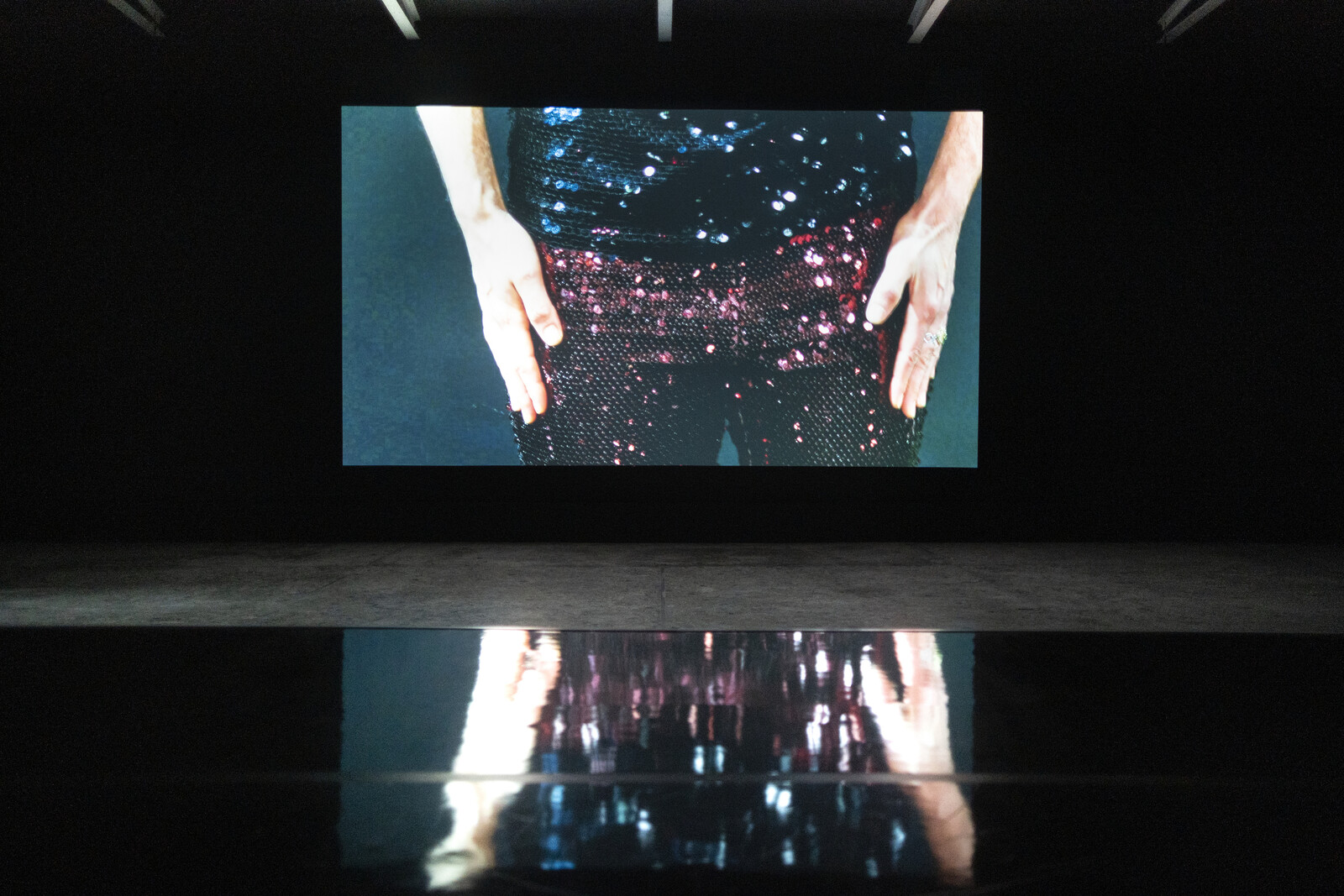Categories
Subjects
Authors
Artists
Venues
Locations
Calendar
Filter
Done
March 19, 2025 – Review
François Pain’s “Psychiatry is what Psychiatrists do”
Nicholas Gamso

In 1966, a young medical student named François Pain won an internship at the experimental Clinique de La Borde, outside the town of Cour-Cheverny in the Loire Valley. The clinic’s directors, Jean Oury and Félix Guattari, France’s leading “anti-psychiatrists,” invited students from around the country to join La Borde’s nurses, doctors, and patients—referred to as pensionnaires, or boarders—in building an informal lieu de vie on the grounds of an old château. There were no white coats, no padded walls, and the ethos was humanistic, horizontal, and self-regulating. Trained medical staff spent their days emptying ashtrays and pulling weeds, while pensionnaires held daily council meetings, organized festivals, and managed the château’s studios and café.
For the six years he stayed at the clinic, Pain’s job was to edit the house newsletter, La Borde Éclair. He also opened a printshop, and later, after a stint working in Paris, returned to set up a video club and atelier—he’d discovered the Sony Portapak, appealing for its “democratic” ease of use, during a visit to Vidéographe in Montreal in 1973. Over the next two decades, Pain made several short films about anti-psychiatry, including collaborations with pensionnaires (the wonderful comic feature The Crystal Wave, 1985), interviews …
September 9, 2022 – Review
Nour Mobarak’s “Dafne Phono”
Jennifer Piejko

When the nymph Daphne refused Apollo’s advances, the god’s patience ran out quickly. “This is the way a sheep runs from the wolf […] everything flies from its foes, but it is love that is driving me to follow you!” Daphne took the only means of escape available to her: she prayed for transformation into a laurel tree. Apollo nonetheless claimed her as “my tree,” and so the laurel wreath became an emblem of power worn by royalty, gods, and victors in competition. It is also a symbol closely associated with the Medici family, patrons of the very first opera, most of the music from which has been lost: Ottavio Rinuccini and Jacopo Peri’s La Dafne, performed at the Palazzo Corsi in 1598.
Nour Mobarak’s sound installation Dafne Phono (2022) takes the myth to its acoustic limits, playing a new composition based on La Dafne through sixteen channels into a spare, industrial loft on a street in downtown Los Angeles that still bustles at sundown. Mobarak’s version is sung in six languages that collectively cover the widest possible phonetic ground: the original Italian, Abkhaz, San Juan Quiahije Eastern Chatino, Silbo Gomero, and Taa (West !Xoon dialect), as well as Ovid’s …
February 18, 2020 – Review
Pauline Boudry and Renate Lorenz’s “Moving Backwards”
Kim Córdova

As I sit to organize my thoughts on Pauline Boudry and Renata Lorenz’s installation Moving Backwards, currently on show in Los Angeles project space JOAN, breaking news alerts slide anxiously across my screen like ephemeral disaster poetry:
Russia closes China land border to prevent spread of coronavirus.
Press Send for Brexit: E.U. Seals UK Withdrawal by Email.
Republicans Block Impeachment Witnesses, Clearing Path for Trump Acquittal.
Netanyahu Plans to Extend Israeli Sovereignty Over Jordan Valley and Settlements.
Boudry and Lorenz’s response to this moment of what they call “reactionary backlashes” is to find power and possibility in backward movement, as a strategy of tactical response. Through a multimedia work featuring, as its centerpiece, a video of a series of dances that play with perceptions of locomotion, the artist duo ask what power could be assumed by disassociating the notion of forward movement from advancement and backward movement with defeat. Put another way, what violence is imposed by a conceptualization of time that is grounded in a colonial understanding of progress as an act of continuous conquest?
Moving Backwards establishes its collaborative …